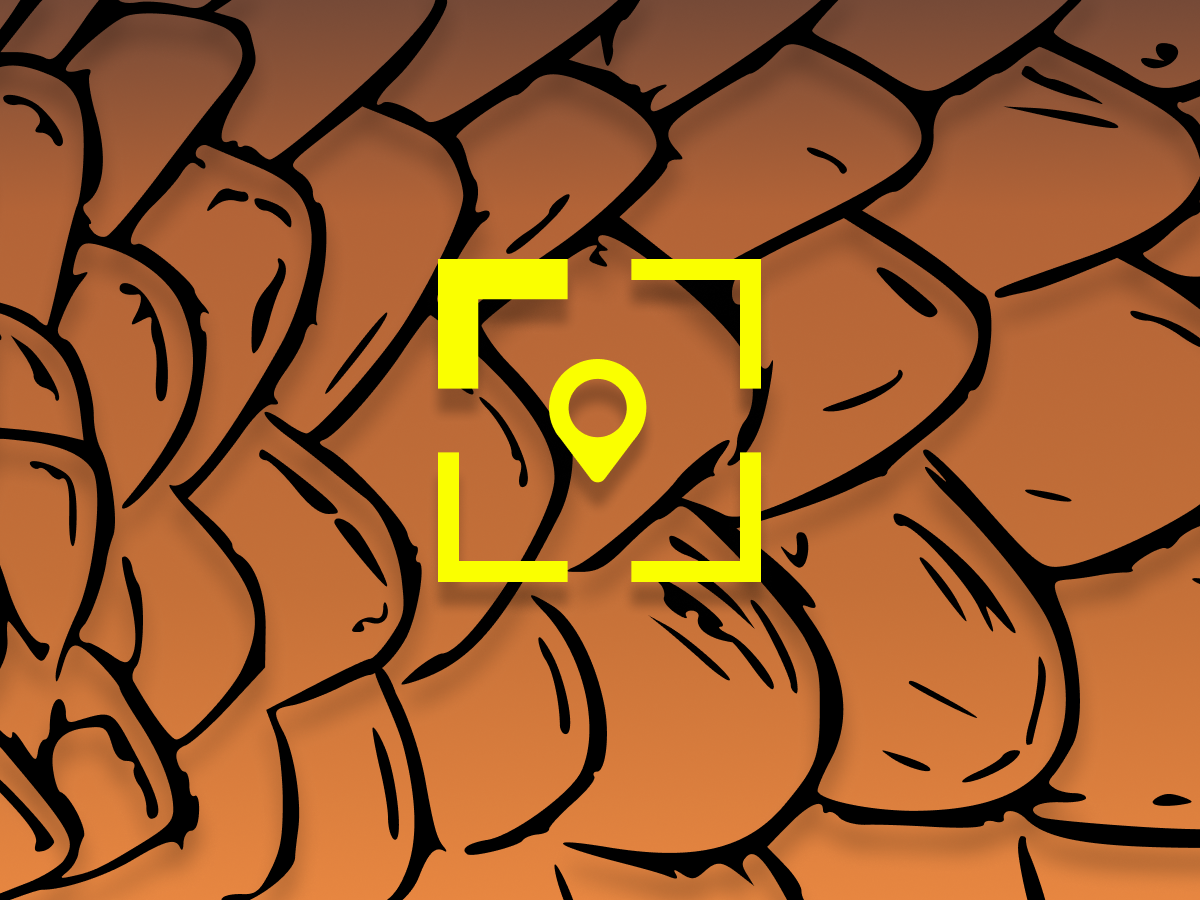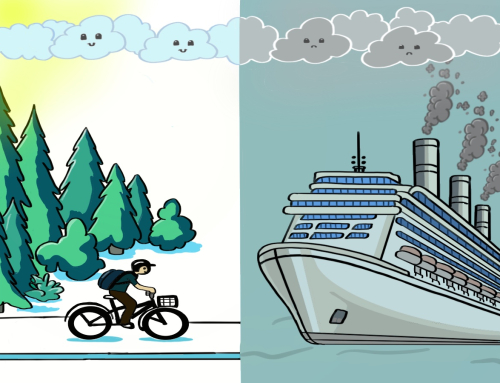Wildlife tagging is a key tool in conservation, particularly for species that are more elusive and of
greater critical status, like the pangolin. Yet advanced tagging technologies can be barriers for
conservationists because they can be expensive, have technical issues, like a short battery life, and could
even be compromised by the illegal markets.
Wildlife conservation and research relies heavily upon being able to track individual locations and numbers to determine the health of a population. This can be an incredibly tricky process, especially when a species is as highly elusive as pangolins. Pangolins are a nocturnal species living in the tropical regions of Asia and Africa. Recent technological advancements have been able to help with the task of tracking such species. While wildlife tagging is not a new practice, the advanced tagging technologies
seen today have been a game changer for conservation. Wildlife tags can vary in their form. For example, metal bands, typically wrapped around the small legs of an animal, allows the animal to be marked when they are released, and upon being found again, can provide scientists with data regarding their whereabouts and numbers. Other forms of tags can use more sophisticated technology, like satellite location.
So why might a researcher need to know an animal’s whereabouts? The difference in where an animal is originally caught and released and where they are caught again can indicate what the animal might be doing or where it may be going. For instance, scientists can learn about migration patterns from tracking an animal’s tag.
Tagging for Conservation
For conservation, tagging is a bit more critical. Izel Pieterese, with Umoya Khulula Wildlife Center, says that her rehabilitation team relies on tagging for conservation of pangolin populations in the Greater Kruger area in South Africa. They use both satellite and Very High Frequency (VHF) tags in order to track their pangolins. The satellite tags feed into a central database that a small group of specialists have access to, and this information tells them their location and if they are adapting well to their environment. The VHF tags are line of sight meaning the frequency can only be found from a certain distance to the animal. They are used to pinpoint exact locations once the satellite location is known. For reference, pangolins can typically walk one to two kilometers a day if they have settled into a burrow, or five to thirty kilometers if they haven’t settled. Thus, being able to track their locations is critical in an area of 344,000 square hectares, the size of Kruger National Park.
A Story of Kai the Pangolin
As the world’s most trafficked mammal, knowing a pangolin’s whereabouts is critical in helping to save the species. With poaching being a major issue to wildlife in the area, Izel’s team is able to actually shut entire areas down in the reserve with car searches and border patrols if one pangolin tag is missing or there appears to be unusual behavior, for example, no movement by the tagged animal. And that’s exactly what happened on October 12, 2023. A pangolin known as Kai had been in rehabilitation since April of the same year. Once Kai’s health had improved, the team was able to take him out of rehabilitation, where they placed a tag on him for release. During this phase the animal is frequently monitored to ensure he is surviving well on his own before he is officially released, and the tag is removed.
Days later, however, the database showed Kai’s tag as “off”, meaning it was no longer transmitting a signal. Immediately alerted to this, the rehabilitation team shut down reserve entrances and began searching every car in the reserve for pangolin scales, nervous of another poaching success. Another team went out trekking to the last area that the satellite tag had transmitted to try and find the animal. The team eventually found him and discovered that Kai hadn’t been poached, but instead attacked and eaten by a leopard that morning.
Conservation into the Future
While Kai’s story is disheartening, the use of such technology is crucial to conserving endangered animals such as pangolins. Unfortunately, there is a fear that such technologies can also be hacked by the very poachers conservation specialists are trying to protect the animals from, though the likelihood is still low. For now, tagging wildlife will continue to be a practice in research and conservation, but future technological advancements need to consider such vulnerabilities. Other concerns include the cost of tags themselves, which can be difficult for facilities to afford. Whether for pangolins, butterflies, or marine animals, tagging wildlife in conservation is crucial to their continued conservation success stories.
Sources:
National Geographic – Pangolins
Science News Explores – Explainer: Tagging through history
Wildlabs – An Introduction to Satellite Technologies for tracking Wildlife
You may also be interested in these articles:






